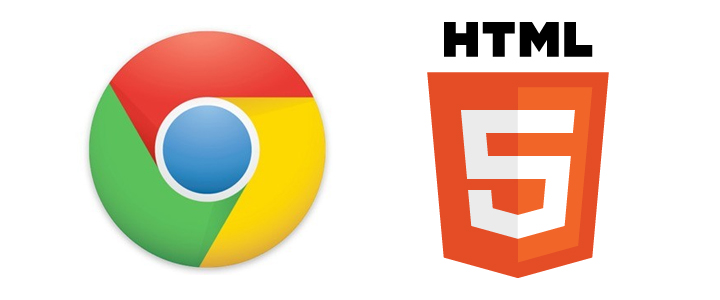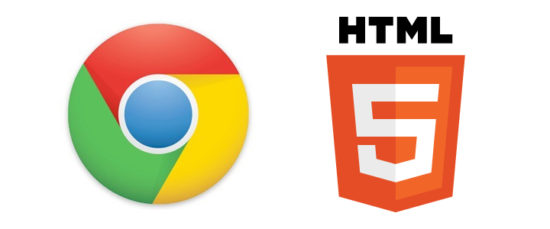On the 9th of May 2016, Anthony LaForge – a Chromium developer, announced the plan to make HTML5 by default. What this means is that they are changing the way Google Chrome works with websites to give you the best experience.
Unlike most, who think this means the end of Flash player (and that Chrome is anti-Flash), all this means is that if a website has a HTML5 and Flash version of a website, Chrome will by default display HTML5 instead of the Flash version of the site. The reasons for this are numerous; faster loading, a better overall experience and probably most importantly – much better security for your device.
This would not be the first time that Chrome has had to push Flash off to the side. On the 1st September 2015, Chrome stopped allowing NPAPI plug-ins from working. These included Silverlight, Java, and Unity. This was however, all for good reason. NPAPI was an old way of creating the plug-ins and was causing security issues with websites and slowing them down.
As quoted by Anthony LaForge:
“Later this year we plan to change how Chromium hints to websites about the presence of Flash Player, by changing the default response of Navigator plug-ins and Navigator.mimeTypes. If a site offers an HTML5 experience, this change will make that the primary experience. We will continue to ship Flash Player with Chrome, and if a site truly requires Flash, a prompt will appear at the top of the page when the user first visits that site, giving them the option of allowing it to run for that site”
With the release of this information, a presentation was also released with the proposals details and guide lines on how this HTML5 by default would work when it goes live in Q4. You can find this via LaForge’s statement on Google Groups.

